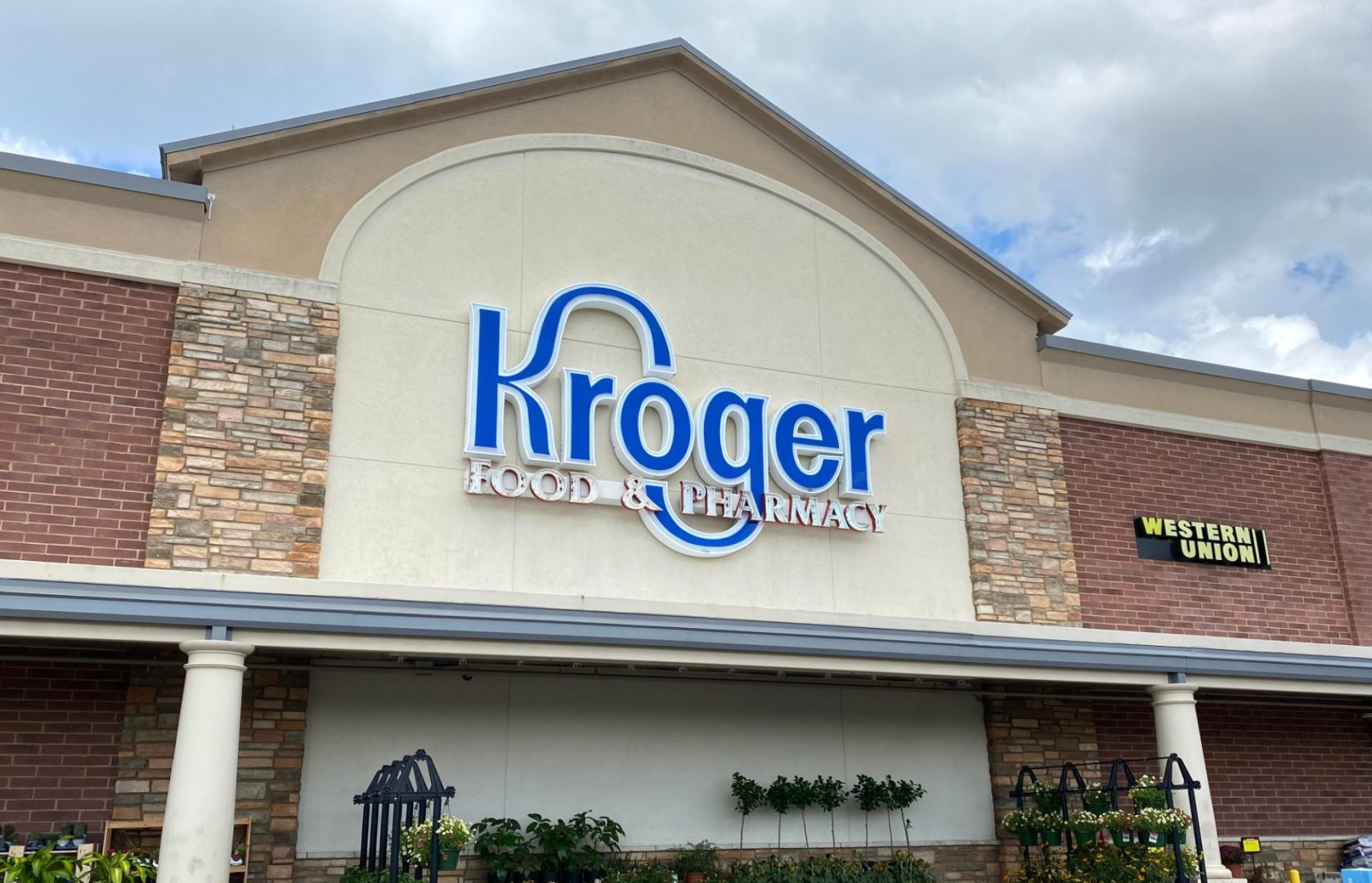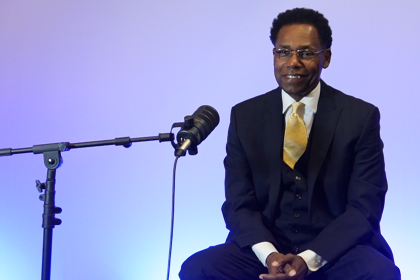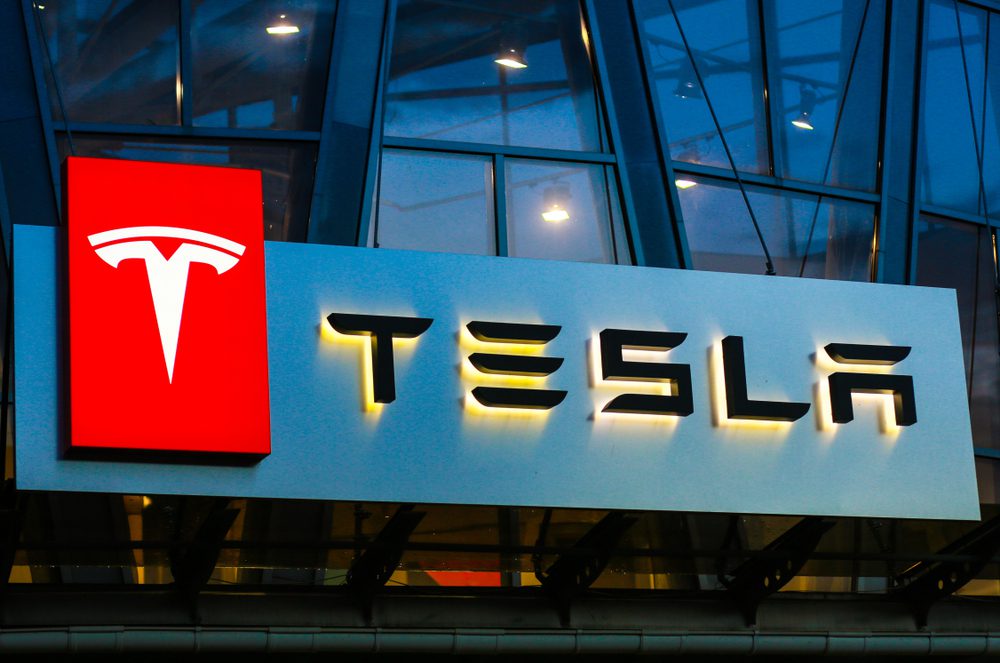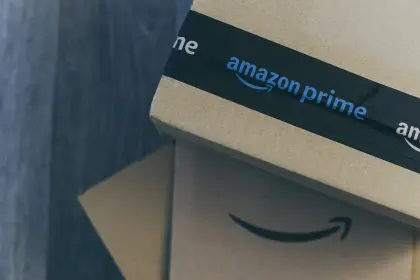Kroger is closing 60 stores even as it reports stronger sales, beats earnings expectations, and sees its stock price surge 9% in a single day. Far from a desperate move, it’s a calculated strategy aimed at redefining retail efficiency in a competitive landscape.
This seemingly contradictory decision reflects Kroger’s shift toward optimizing its footprint. By cutting underperforming locations and reinvesting in stronger stores and digital infrastructure, Kroger is retooling its business while continuing to grow. It’s a surgical approach designed not just to survive but to thrive.
Smarter closures, better results
Shutting down 60 stores may sound drastic, but it represents just 5% of Kroger’s U.S. supermarket portfolio. These closures come with a $100 million impairment charge, but they eliminate stores that were dragging on profitability—those with poor sales, high costs, or stiff local competition.
Removing these financial drains helps Kroger improve margins and redirect capital to more profitable locations and services. It’s not just about cutting losses—it’s about enhancing capital efficiency. Every dollar no longer spent on a failing store is a dollar better invested in areas with stronger returns.
Protecting employees and morale
Kroger’s promise to transfer impacted employees rather than lay them off adds another strategic layer. This helps retain institutional knowledge, preserves morale, and sidesteps the negative optics of mass layoffs. It also reinforces Kroger’s image as a responsible employer—key in a tight labor market.
Rather than shrinking its workforce, Kroger is reallocating it. Well-staffed, high-performing stores improve customer experience, furthering the company’s competitive edge.
A paradoxical expansion
Even as it trims underperforming stores, Kroger plans to open about 30 new locations this year and accelerate growth in 2026. This “expansion-through-contraction” strategy focuses resources on higher-growth areas—likely suburbs or underserved markets ideal for e-commerce integration and pickup services.
By exiting weaker regions and investing more in stronger ones, Kroger can build better, more profitable stores. This focused expansion enhances competitiveness where it matters most.
Digital transformation at the core
A 15% jump in online grocery sales last quarter underscores the driving force behind Kroger’s strategy. The company is transitioning into a hybrid physical-digital retailer. The stores being closed likely can’t support fulfillment or digital services, while reinvestment is going toward locations that can.
Omnichannel capabilities now matter more than physical presence alone. Digital sales extend reach beyond store boundaries, allowing Kroger to maintain market share with fewer locations.
Betting big on private labels
Kroger’s investment in its private label “Our Brands” line is another smart play. Private labels offer better margins and allow Kroger to offer lower prices—a key advantage during economic uncertainty.
By owning more of its supply chain, Kroger gains control over quality, pricing, and availability, reducing its reliance on national brands. This vertical integration strengthens its competitive position and provides unique offerings customers can’t get elsewhere.
A pivot after merger failure
This strategic shift follows Kroger’s failed merger with Albertsons and recent leadership changes. Rather than pursuing growth through acquisition, Kroger is now focused on organic optimization—a more sustainable model in an era of heightened antitrust scrutiny.
The pivot away from mergers gives Kroger more control over its operations and brand, while avoiding complex integrations. Investors have responded positively, favoring this streamlined, focused strategy.
A model for modern retail
Wall Street’s reaction suggests Kroger’s approach is already influencing peers. Traditional retailers under pressure from discount and online competitors may follow suit—cutting weak stores, investing in top performers, and prioritizing digital growth.
Kroger’s ability to grow same-store sales, reduce physical locations, and still beat expectations proves that success today requires precision, not just scale. Strategic contraction, combined with smart investment, may be the new retail formula for long-term growth.
















